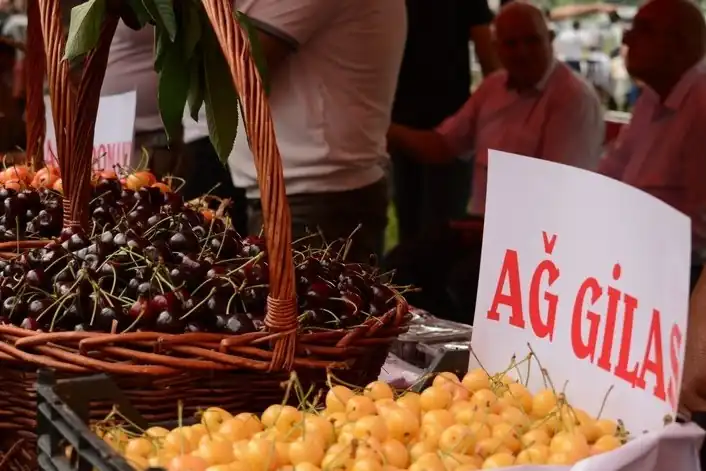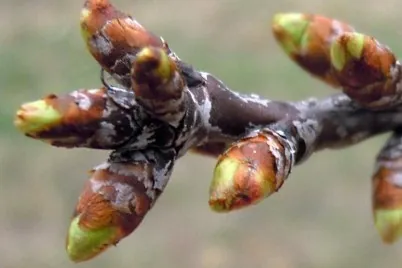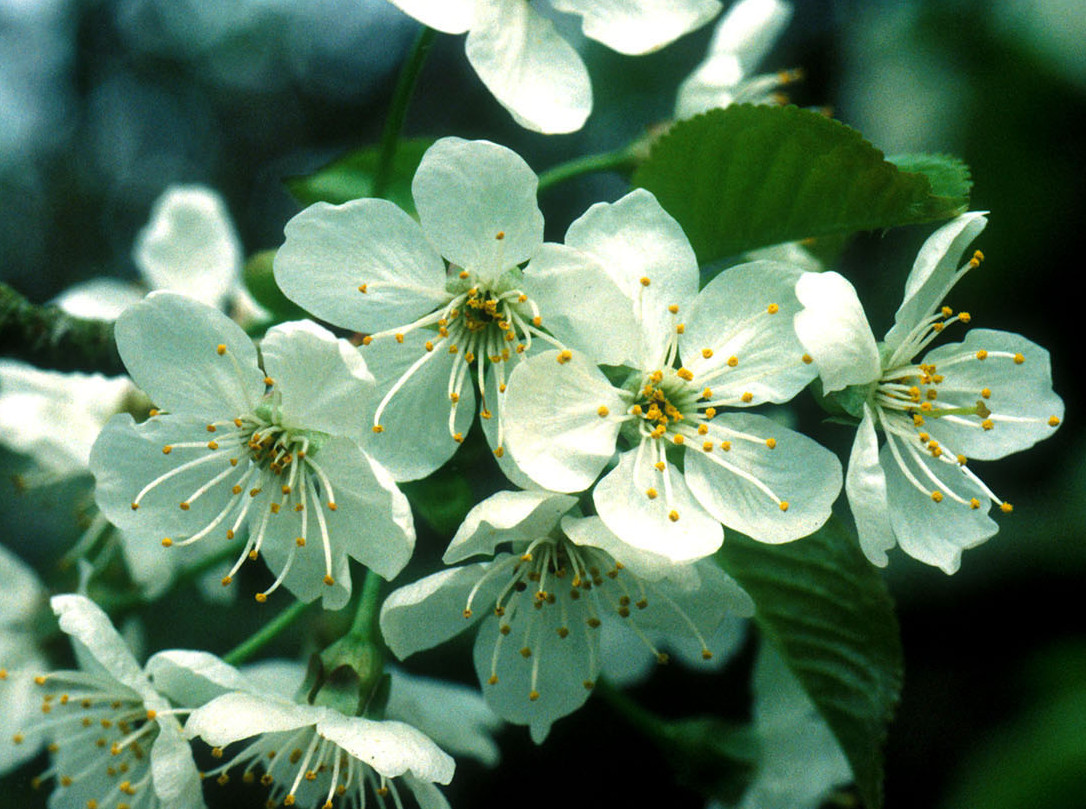Russia remains the main market, but other export destinations are also declining. Meanwhile, imports are rising, driven by Iran and Russia.
From January to July 2025, Azerbaijan exported a total of 16,740 tonnes of cherries, worth USD 20.81 million (approximately EUR 19.6 million). This is confirmed by the country's State Statistics Committee. It marks a significant drop compared to the same period in 2024: shipments fell by 35% in volume and 16% in value, representing a setback for one of the country's most dynamic horticultural sectors.

Russia still in first place
Despite the challenges, Russia remains the main destination for Azerbaijani cherries, accounting alone for 16,624 tonnes worth USD 20.66 million (around EUR 19.45 million). However, this also shows a contraction: –35% in volume and –25% in value year-on-year.
The other main markets show similar trends:
- Kazakhstan: 76.8 tonnes for USD 62,000 (approx. EUR 58,400) (–51% in volume, –58% in value)
- Belarus: 5.13 tonnes for USD 29,700 (approx. EUR 27,970) (–72% in volume, but +58% in value)
- United Arab Emirates: 3.77 tonnes for USD 21,300 (approx. EUR 20,050) (–82% in volume, –69% in value)
Bulgaria's debut as a new export market is also noteworthy, with 13.76 tonnes purchased for USD 28,210 (approx. EUR 26,560).
Imports on the rise
At the same time, the country more than tripled its cherry imports: in the first seven months of 2025, it imported 257.32 tonnes of cherries worth USD 288,840 (approx. EUR 271,400). Compared to 2024, this represents a 2.8-fold increase in volume and a twofold increase in value.
Top suppliers include:
- Iran: 107.88 tonnes for USD 145,640 (approx. EUR 136,890) (tripled compared to 2024)
- Russia: 148.66 tonnes for USD 136,620 (approx. EUR 128,460) (no imports the previous year)
- Chile: 0.42 tonnes for USD 3,400 (approx. EUR 3,200) (–45% in both volume and value)
- China: 0.24 tonnes for USD 1,930 (approx. EUR 1,810) (re-entered the Azerbaijani market after 12.5 years)
- Argentina: 0.05 tonnes for USD 920 (approx. EUR 870) (–58% in volume, –8% in value)
- United States: 0.01 tonnes for USD 300 (approx. EUR 280) (resumed shipments after 7.5 years)
Outlook and challenges
The collapse in cherry exports highlights growing international competition, as well as structural weaknesses in the local supply chain. At the same time, rising imports suggest stable or growing domestic demand, possibly driven by non-local varieties or complementary seasonal windows.
For Azerbaijani producers, this opens a phase of reflection: diversifying export markets and investing in post-harvest technologies may prove crucial for boosting exports in the near future.
Source: freshplaza.com
Image source: SIA
Cherry Times – All rights reserved













